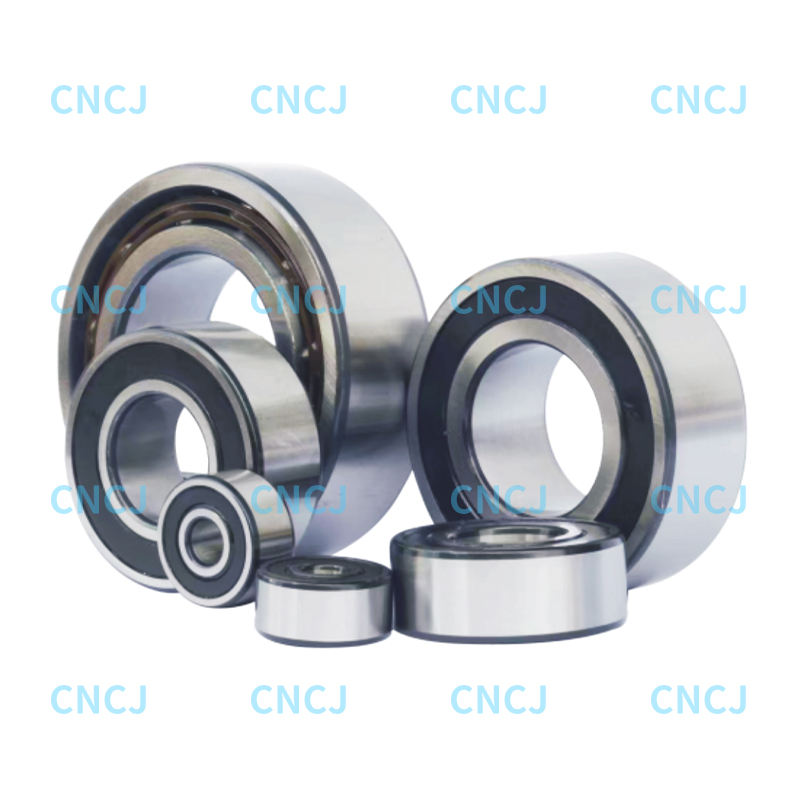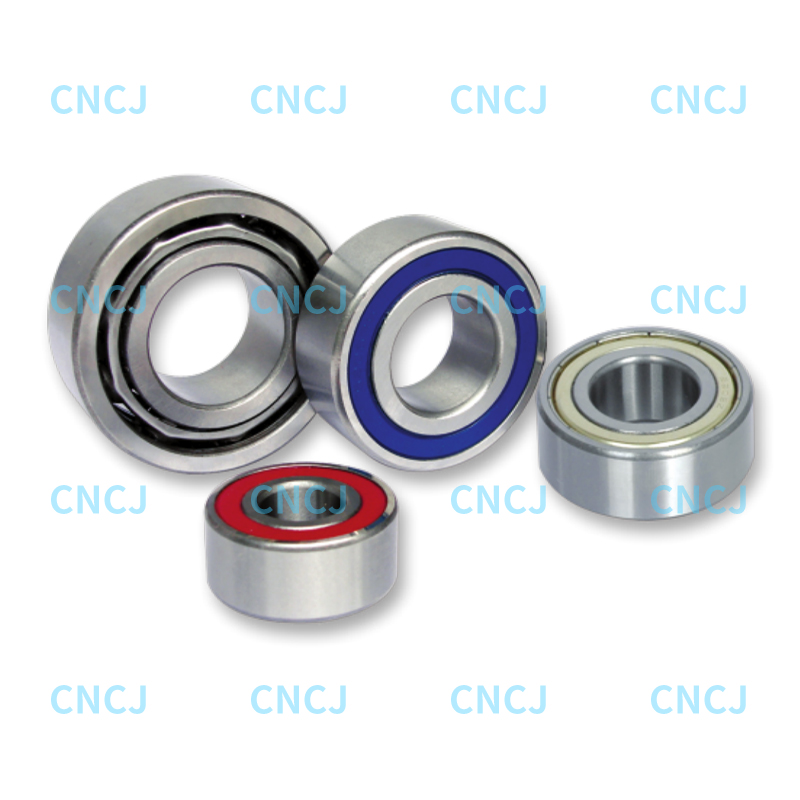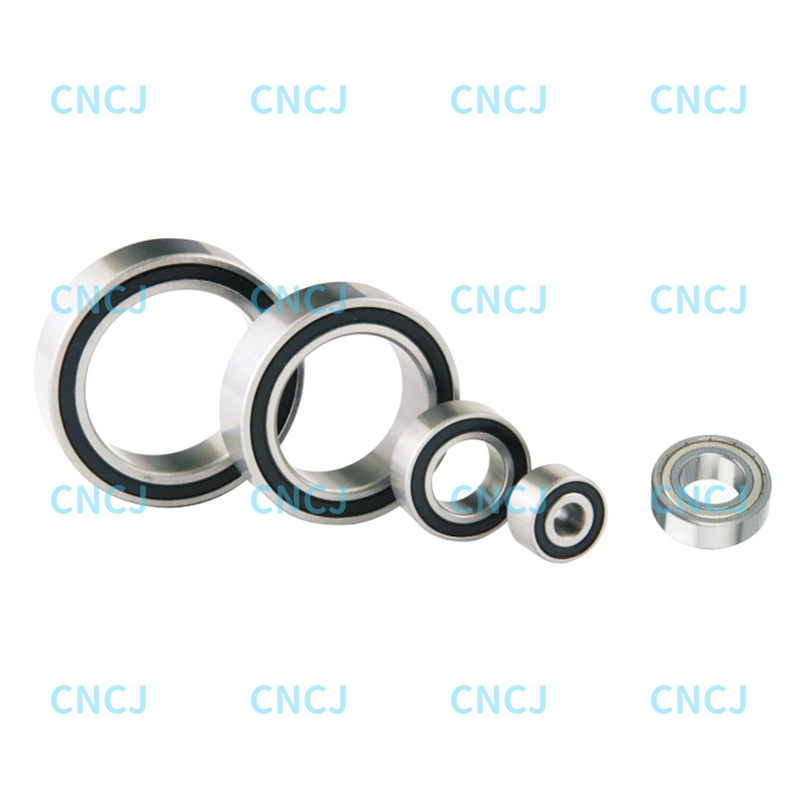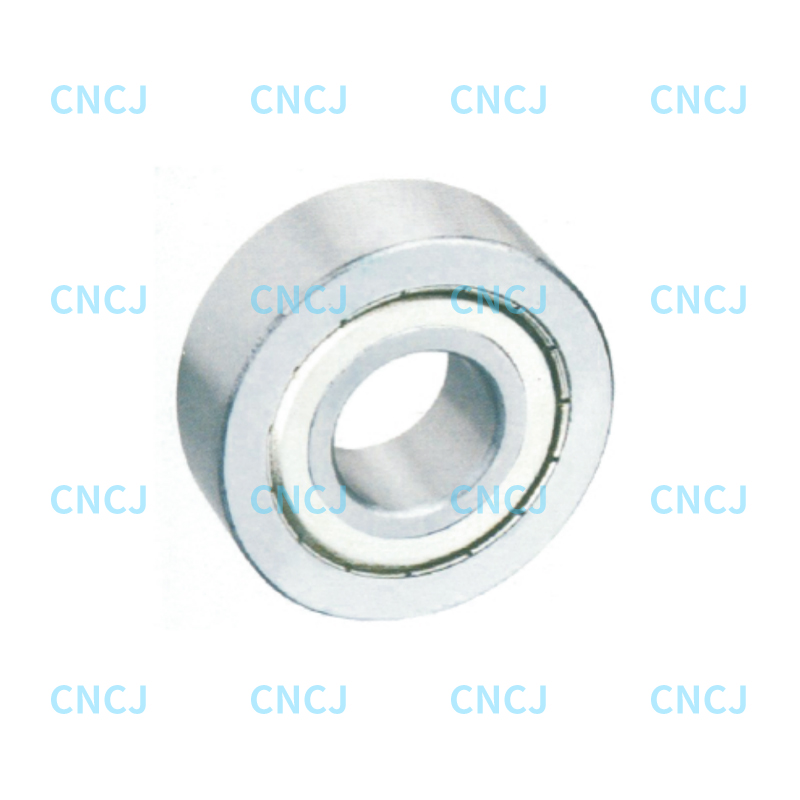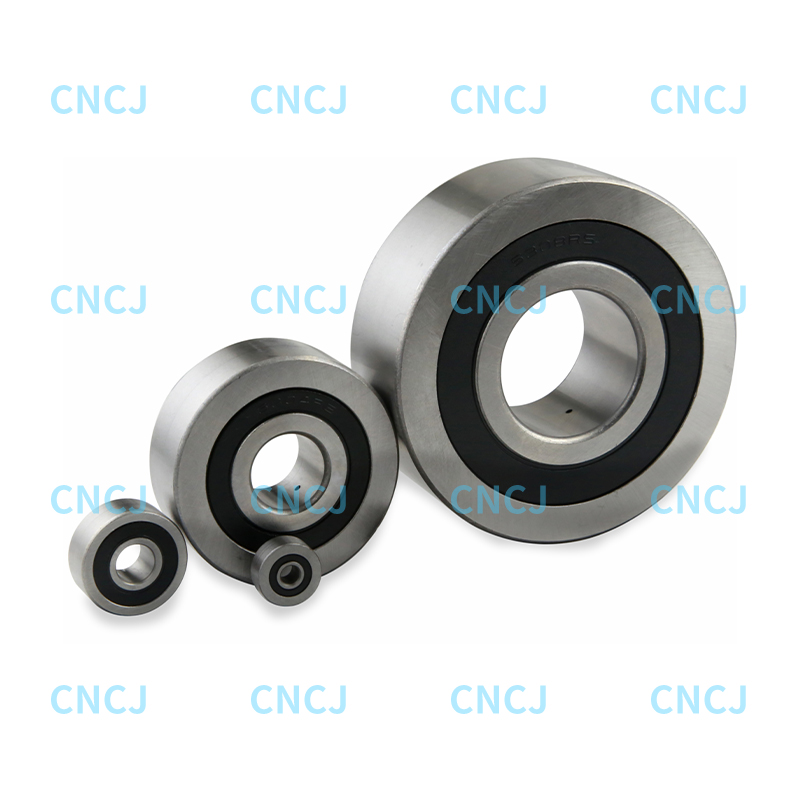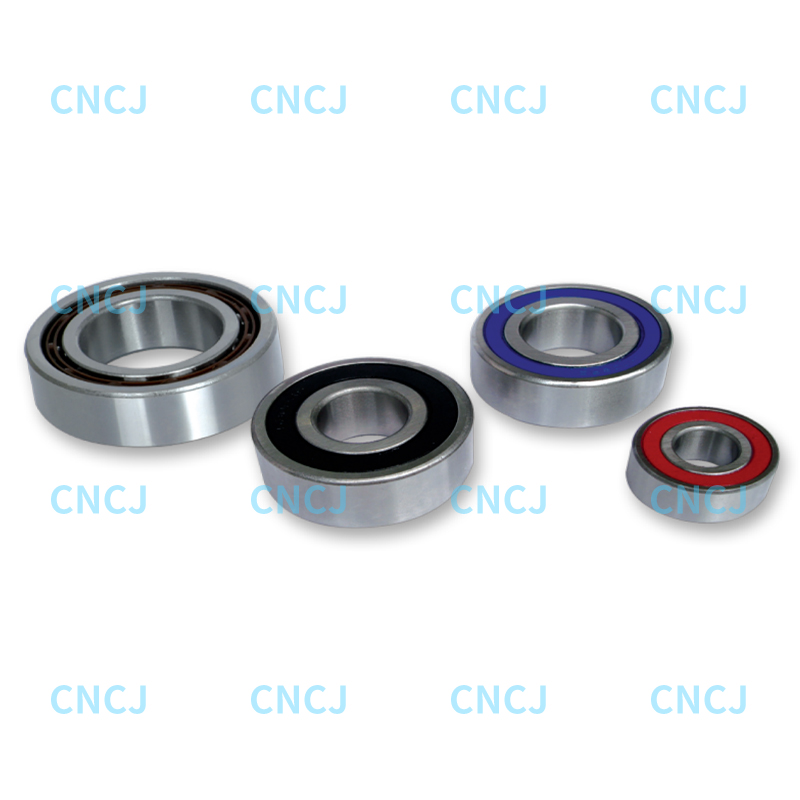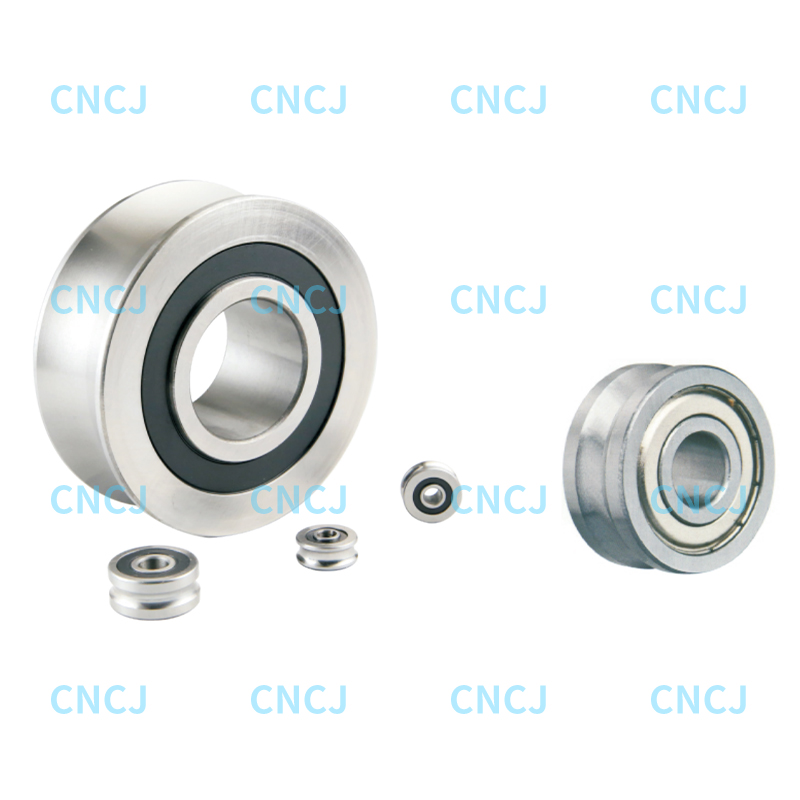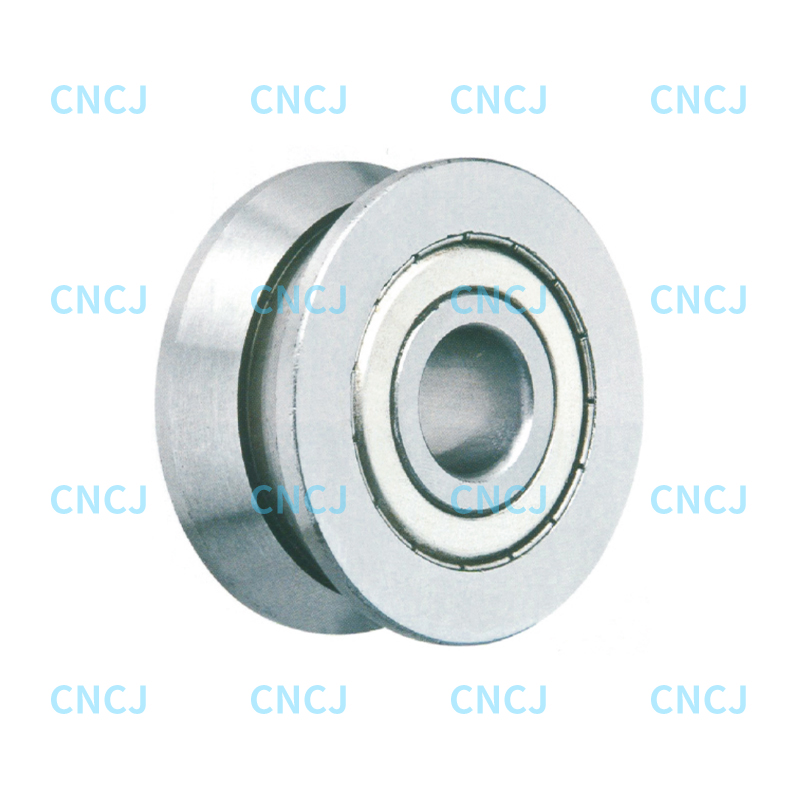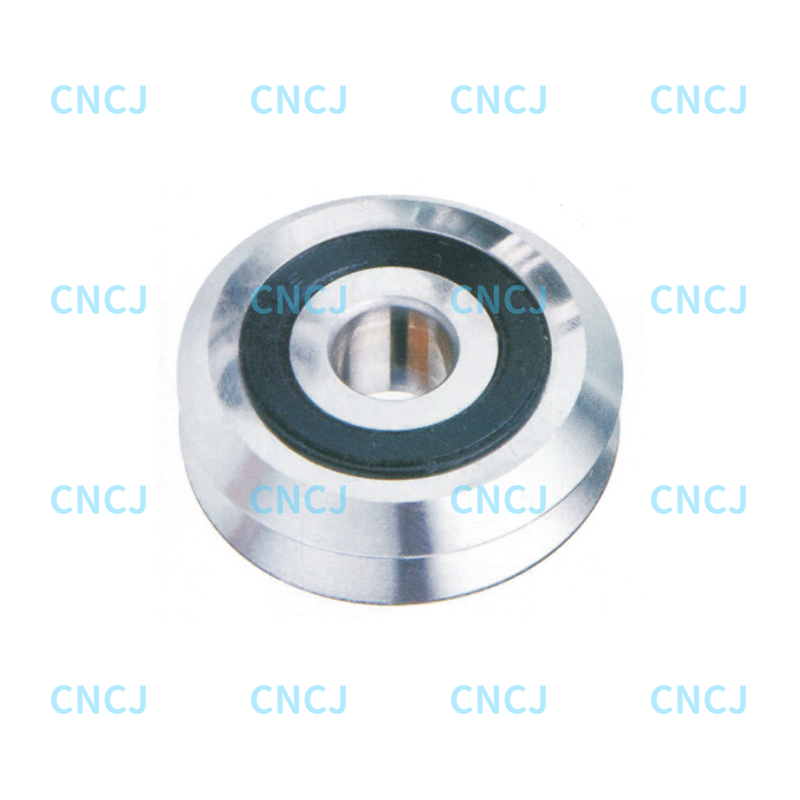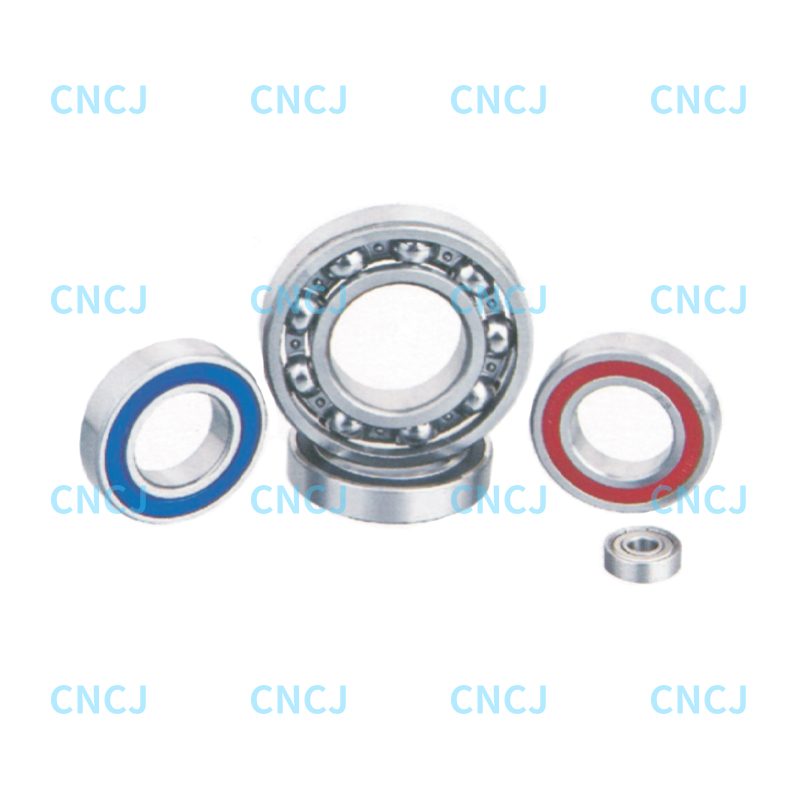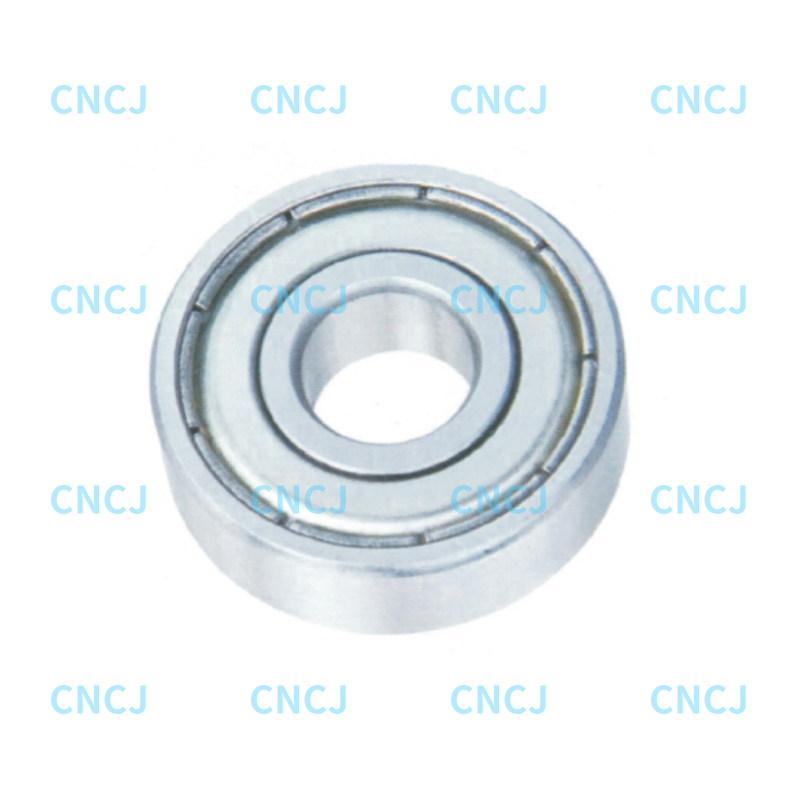Deep groove ball bearings are a type of rolling bearing widely used in various mechanical equipment. Due to their simple structure, stable performance and wide application, they have become the most common type of bearings in many industries. Their design not only enables deep groove ball bearings to withstand radial loads, but also certain axial loads. In addition, deep groove ball bearings have achieved low friction and high efficiency through careful design and are widely used in automobiles, power tools, home appliances and other high-precision equipment. This article will explore how deep groove ball bearings achieve low friction and high efficiency through design.
1. Precision rolling element and raceway design
The core of deep groove ball bearings is its rolling elements - steel balls and inner and outer raceways. In order to achieve low friction, the design of the bearing needs to ensure that the contact between the rolling elements and the raceways minimizes friction. This is achieved through the following design elements:
Smooth raceway surface: In order to reduce friction, the inner and outer raceway surfaces of deep groove ball bearings are usually precision machined and polished to ensure that their surfaces are smooth and flawless. High-precision raceways can reduce the contact resistance between the rolling elements and the raceways, thereby significantly reducing friction.
Precision of the ball: The steel balls of deep groove ball bearings need to have very high roundness and smoothness to ensure more uniform contact during rolling and reduce friction caused by local contact. High-precision steel balls not only reduce friction, but also improve the service life and reliability of bearings.
Reasonable rolling contact angle: The rolling elements of deep groove ball bearings are distributed at a certain angle between the inner and outer rings. This design can help reduce friction and increase the load capacity of the bearing. By optimizing the angle design, the bearing can maintain low friction and improve efficiency when bearing load.
2. High-quality lubrication technology
Lubrication is one of the key factors affecting the friction and efficiency of deep groove ball bearings. Suitable lubricants can significantly reduce the friction coefficient of bearings, thereby improving efficiency and extending service life. The design of deep groove ball bearings usually includes the following lubrication considerations:
Selection of grease or lubricant: High-quality grease or lubricant can effectively reduce direct friction between metal surfaces, reduce metal wear and overheating. Under low-speed or high-load conditions, grease has better adhesion and can effectively slow down wear. In high-speed applications, lubricants are more conducive to reducing friction and heat accumulation.
Closed or isolated design: Modern deep groove ball bearings usually adopt a sealed design to prevent dust, moisture and impurities from entering the bearing and maintain the long-term stability of grease. The seal ring not only prevents the intrusion of external contaminants, but also effectively keeps the lubricant inside the bearing, reducing friction and wear and improving operating efficiency.
Self-lubricating design: Some high-end deep groove ball bearings use self-lubricating materials, such as graphite lubrication, ceramic lubrication, etc. This design reduces the dependence on external lubrication, reduces the friction coefficient, and can maintain high working efficiency in harsh environments.
3. Precision inner and outer ring design
The inner and outer ring design of deep groove ball bearings also has an important influence on friction and efficiency. Reasonable geometry and tolerances can ensure that the rolling elements roll smoothly in the bearing and minimize friction.
Material selection of inner and outer rings: High-quality bearing materials, such as high-carbon chromium steel or stainless steel, have good wear resistance and corrosion resistance. These materials can effectively reduce friction and improve the operating efficiency and service life of bearings.
Tolerance control of inner and outer rings: Precision tolerance control is an important design method to ensure low friction of deep groove ball bearings. If the fit between the inner and outer rings is too loose, the gap will increase and the friction will increase; while if the fit is too tight, the friction will be too high. Therefore, strict tolerance control makes the fit between the inner and outer rings more precise, reduces unnecessary friction and improves operating efficiency.
4. Optimized number and size of rolling elements
The number and size of rolling elements in deep groove ball bearings directly affect friction and efficiency. The design of bearings usually optimizes the number and size of rolling elements according to actual load and application requirements to improve efficiency.
Number of rolling elements: Increasing the number of rolling elements can share more loads and reduce the pressure on each rolling element, thereby reducing friction. However, too many rolling elements may cause the bearing to be overly dense and increase friction, so the reasonable selection of the number of rolling elements is the key to ensuring low friction.
Rolling element size: Smaller rolling elements usually mean lower friction and higher speed. By accurately designing rolling elements of different sizes, it is possible to improve efficiency while ensuring that the bearing can carry enough load.
5. Thermal management of bearings
Deep groove ball bearings generate a certain amount of heat during operation, and the accumulation of heat will increase friction and reduce efficiency. Therefore, bearing design usually considers the dispersion and heat dissipation of heat.
Thermal expansion compensation design: In bearing design, the thermal expansion coefficient of the material needs to be considered to ensure that the bearing can maintain accurate dimensions and good fit under high temperature conditions to avoid increased friction caused by thermal expansion.
Thermally conductive materials: In high-load, high-speed operation environments, bearings often use materials with good thermal conductivity to help dissipate heat and reduce increased friction and reduced efficiency caused by overheating.

 English
English 中文简体
中文简体 Deutsch
Deutsch Español
Español